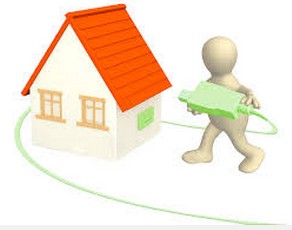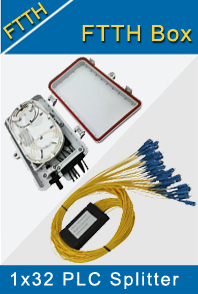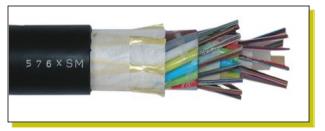-

- Sopto Home
-

- Special Topic
-

- FTTH Knowledge
-

- Useful feeder cable in FTTH
FTTH Knowledge
- Solving the FTTH Rollout Problem in Multiple Dwelling Units
- WDM PON Introduction FAQ
- A Simple Overview of Optical Power Meter
- ODN is based on PON FTTH Optical Cable Network of the Device
- Using an OTDR to be an Expert in Fiber Link Testing
- How FTTH Broadband Works?
- Connections among Fiber Terminal Boxes & Patch Cables & Pigtails
- Easy to Install a Fiber Terminal Box
- What is Arrayed Waveguide Grating?
SOPTO Special Topic
Certificate



Guarantee
Except products belongs to Bargain Shop section, all products are warranted by SOPTO only to purchasers for resale or for use in business or original equipment manufacturer, against defects in workmanship or materials under normal use (consumables, normal tear and wear excluded) for one year after date of purchase from SOPTO, unless otherwise stated...
Return Policies
Defective products will be accepted for exchange, at our discretion, within 14 days from receipt. Buyer might be requested to return the defective products to SOPTO for verification or authorized service location, as SOPTO designated, shipping costs prepaid. .....
Applications

Sopto supply the best FTTH solutions for your network!
SOPTO Products
- Fiber Optic Transceiver Module
- High Speed Cable
- Fiber Optical Cable
- Fiber Optical Patch Cords
- Splitter CWDM DWDM
- PON Solution
- FTTH Box ODF Closure
- PCI-E Network Card
- Network Cables
- Fiber Optical Adapter
- Fiber Optical Attenuator
- Fiber Media Converter
- PDH Multiplexers
- Protocol Converter
- Digital Video Multiplexer
- Fiber Optical Tools
- Compatible
Related Products
Performance Feature
FTTH Knowledge
Recommended

Useful feeder cable in FTTH
The feeder cabling runs from the Access Node to the first or primary Fiber Concentration Point (FCP).
The feeder cabling may cover a few kilometers distance before termination and will generally consist of larger fiber count cables (100s of fibers) to provide the necessary fiber capacity to serve the FTTH area.
For underground networks, suitably sized ducts will be required to match the cable design and additional ducts considered for network growth and maintenance.
For aerial cable deployment, pole structures with sufficient cabling capacity will be required. Existing infrastructures may be available in full or in part to help balance costs.
If smaller ducts or sub-ducts are used then the feeder capacity may be shared or grown using a number of smaller size cables.

High Fibre Count Feeder Cable
In the case of a PON (Passive Optical Network) the use of passive fiber splitting devices positioned further into the external network may enable smaller fiber counts cables to be used for the feeder portion of the network.
As the decision of using PON or P2P is not always future proof, it is advisable to select a passive infrastructure that can handle both architectures. It is therefore advisable to factor modularity into the fiber count in the feeder cables.
Related Knowledge:



